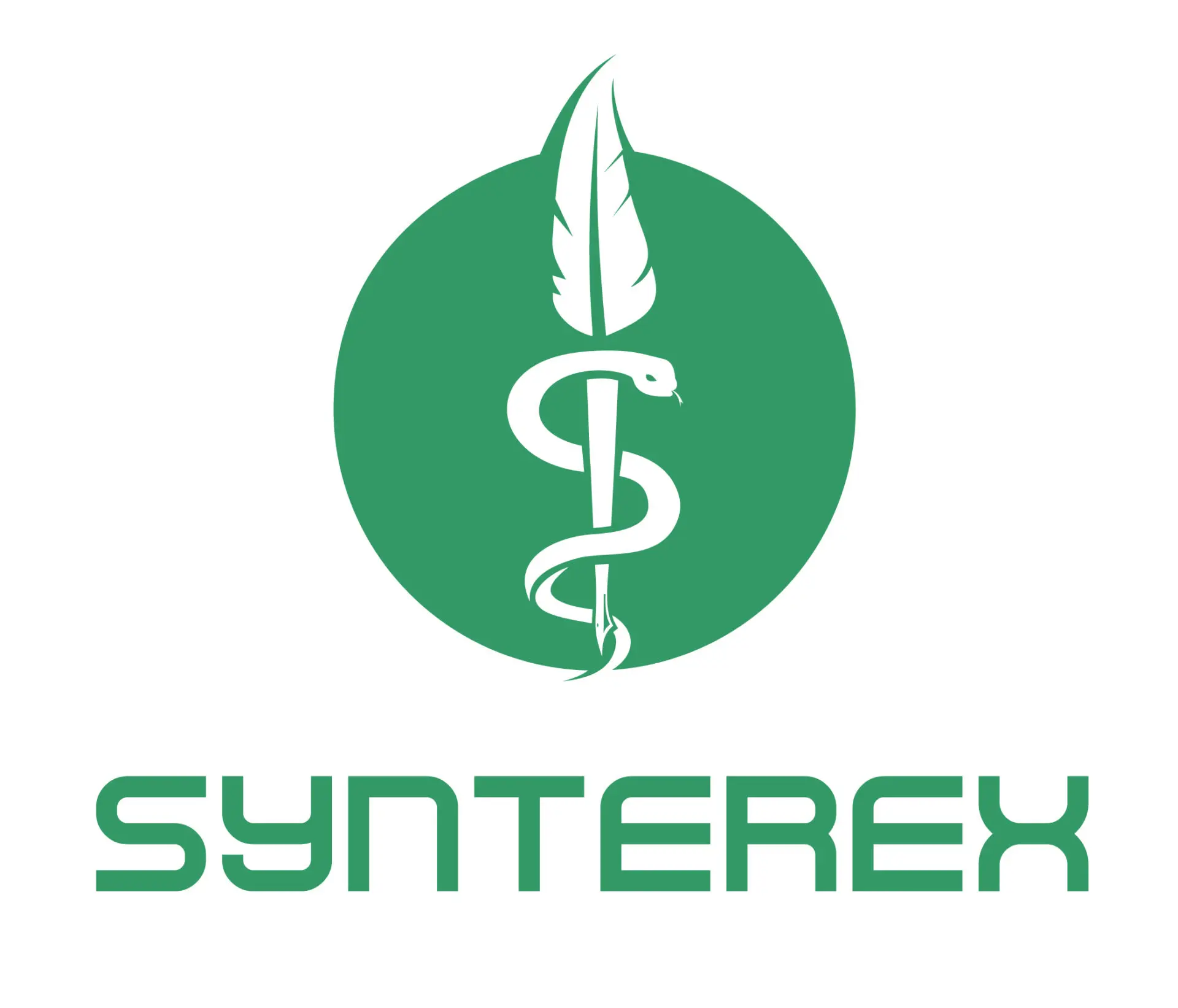When you look at job descriptions for medical writers, have you noticed that, regardless of the size of the hiring company, you end up with an array of interpretations of the role?
Here are some examples:
- Medical writers may or may not write briefing books, write or review labels, or assist in regulatory responses
- Medical writers may or may not be heavily focused on protocol writing, review of legacy data, and other clinical documentation, much like a clinical scientist
- In addition to regulatory writing, they may also need skills in publication or abstract writing
This arguably demands that medical writers have one of the most diverse skill sets of any function working in clinical research. It also demonstrates the broad value that medical writers bring to any organization.
However, finding someone who brings all of these things:
- A good communicator
- Excellent project management skills
- Technically skilled enough to understand how trials work to write protocols
- Understands the regulations to strategize and position for regulatory writing
- Grasps requirements like ICMJE
Well, that sounds like a tall order in general, doesn’t it?
Things to consider when creating a job description
When creating a job description for medical writers, an organization should:
- Involve all stakeholders in the discussion
- Explore the immediate core tasks you need
- Consider any aspirational future tasks
- Decide on all the factors this role contributes
With that said, you may still end up with an overly broad description. This means a narrower pool of available candidates who meet all the requirements. There are two options. Either your organization will have to maintain some flexibility (including use of consultants to fill obvious gaps). Or you can hire for the most important need and be willing to invest in some training.
Synterex provides a full range of medical writing services. We can also provide training or consulting for your company’s needs. For more information on creating job descriptions for medical writers, reach out to us at info@synterex.com.
